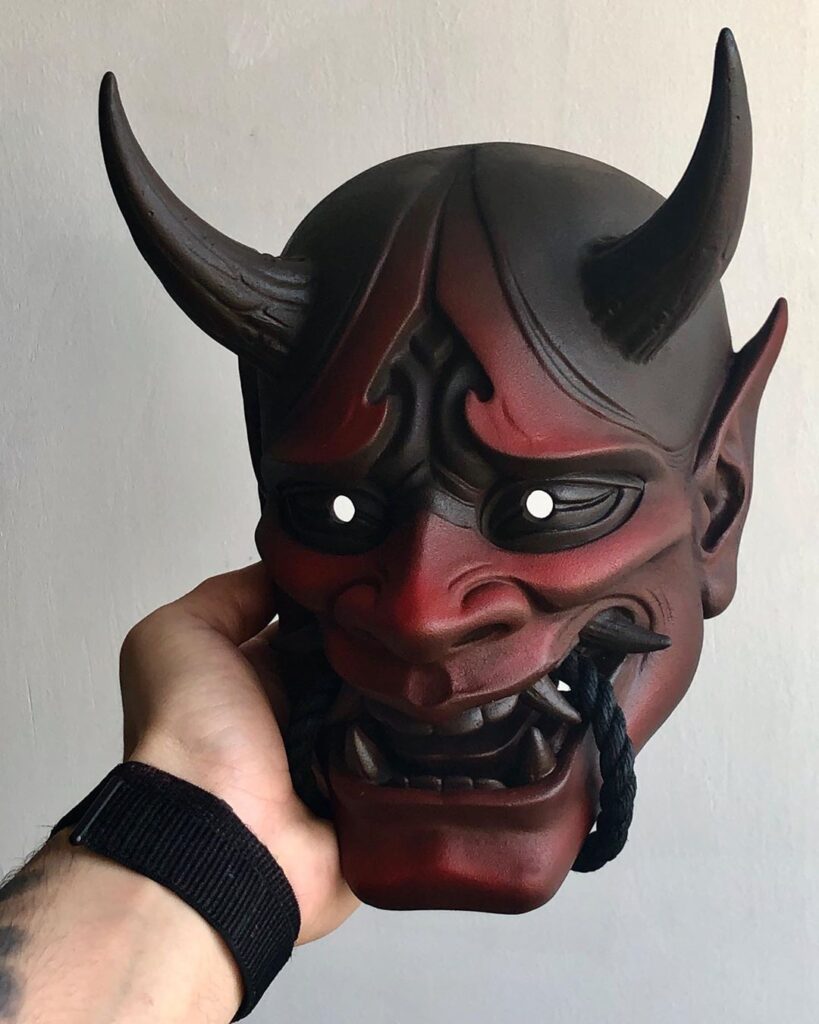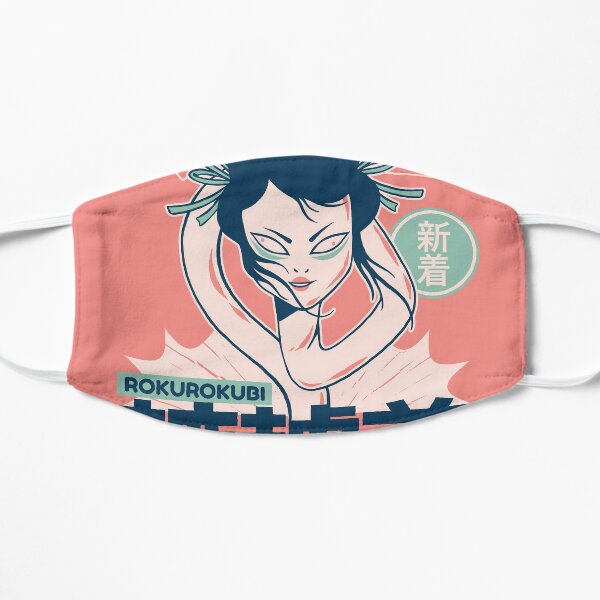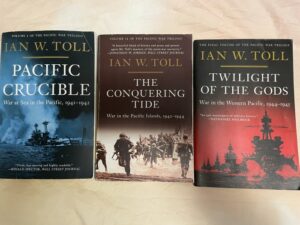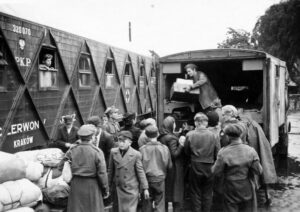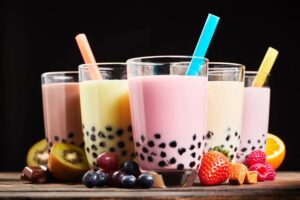12 Top Traditional Japanese Masks and The Story Behind Them
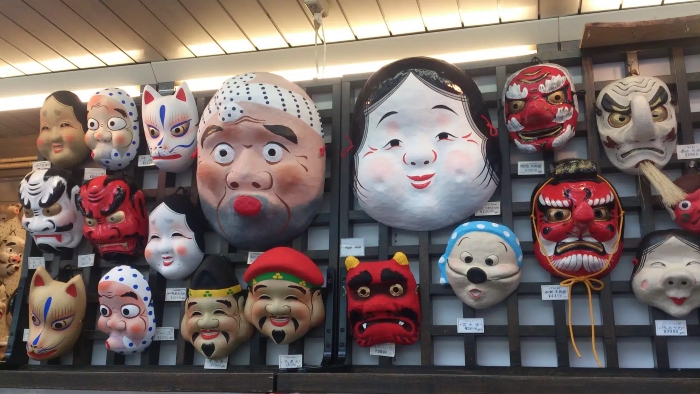
Japanese masks are an integral part of Japanese culture, having been used in various forms for centuries. These masks play a significant role in various traditional Japanese rituals and performances, including Noh theater and the Kagura dance. Each mask is steeped in cultural and historical significance, representing various gods, spirits, and historical figures. Here are the 12 top traditional Japanese masks and the story behind them:
Let’s Dive into the 12 Top Traditional Japanese Masks:
1. Hannya: The Hannya mask is one of the most iconic of all Japanese masks. It depicts a female demon or one with a twisted expression and two sharp, protruding horns. It is used in Noh theater to portray jealous women in stories and is also popularly worn as a tattoo design.
2. Tengu: The Tengu mask represents the tengu, a supernatural creature from Japanese folklore. The mask has a long nose, which symbolizes the beak of a bird, and is also associated with yamabushi, Japan’s mountain monks.
3. Oni: The Oni mask depicts a devil-like creature with a fierce expression and bulging eyes. It is said to have been used during Setsubun, a Japanese festival held on the 3rd of February to drive away evil spirits and bring good luck.
4. Menpo: The Menpo is a mask that covers the face and is designed to be worn with samurai armor. It was first used in the 10th century and was meant to strike fear into the enemy. It has a fierce look and is commonly used in Japan’s traditional martial arts.
5. Hyottoko: The Hyottoko mask depicts a comical expression of a fire-blower. The origin comes from a mythical character that blows flames out of his mouth. It is often used in Japanese folk dance performances to bring good luck.
6. Kitsune: The Kitsune mask represents the fox, an animal believed to possess supernatural powers in Japanese folklore. It is often used during the performance of the Kagura dance.
7. Okame: The Okame mask portrays a cheerful expression of a woman who is thought to bring good fortune and happiness. The Ohamme is used in various traditional Japanese performances, such as in Kabuki or Noh theater.
8. Shikami: The Shikami mask depicts the face of a demon and is used in Noh theater to portray various male characters. It is believed to have originated during the Heian period (794-1185).
9. Rokurokubi: The Rokurokubi mask represents a creature with a long neck, adapted from Japanese folklore. The mask features a woman’s face with her head tilted back, and it is commonly used to tell stories of supernatural creatures that are shape-shifters.
10. Raijin: The Raijin mask portrays a fearsome god of thunder and lightning. It is used in traditional Japanese festivals, such as the Tenjin Festival, which takes place in Osaka.
11. Omotokyo: The Omotokyo mask depicts the face of a young woman with a serene expression. It is often used during the performance of Noh theater to represent the spirit of a young girl who’s been betrayed.
12. Kintaro: The Kintaro mask depicts the legendary Japanese folklore hero of the same name. It portrays a warrior with a protruding brow and a thick beard, used in traditional Japanese martial arts performances.
Conclusion:
Japanese masks play an important role in Japanese culture, representing various gods, spirits, and historic figures. These masks are steeped in cultural and historical significance and are still used today in various traditional Japanese rituals and performances. From the demon-like Hannya mask to the cheerful Okame mask, each mask tells a different story and has a unique purpose, showing the rich and diverse cultural heritage of Japan.
Read More: Top 10 Best Indian Restaurants in Chicago

